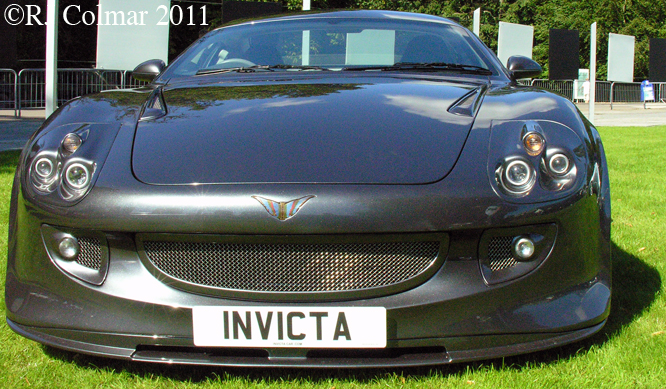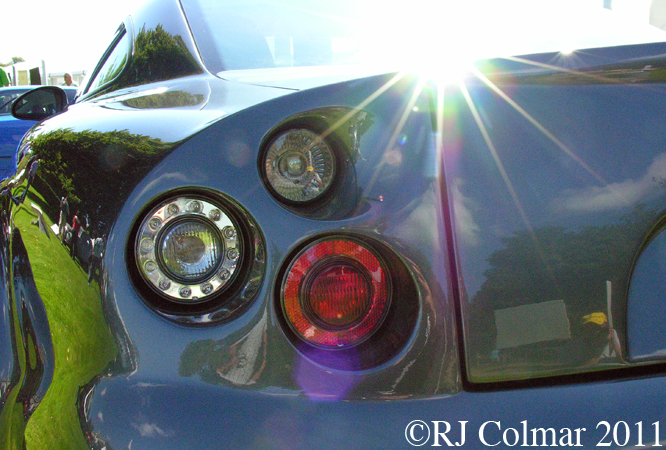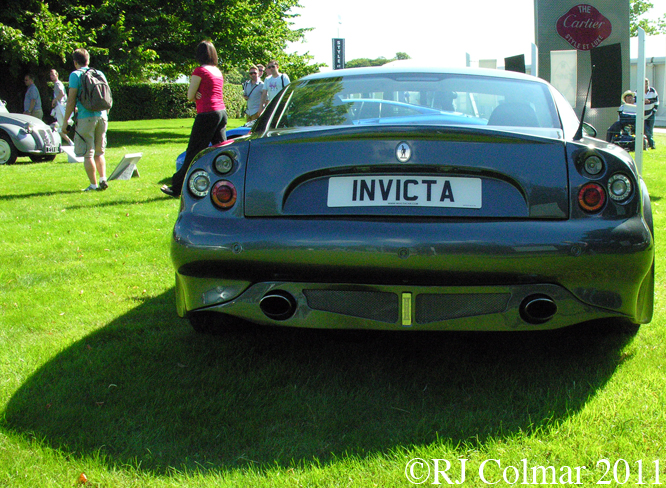Following the disappointments of it’s Le Mans appearances from 1925 to 1926, after the success with the 3 litre / 183 cui cars in 1924 Bentley employed his maxim ‘there is no substitute for cubic inches’ to his new prototype Le Mans challenger, known as “Old Mother Gun”, for 1927 by fitting it with a 4 1/2 litre / 319.5 cui motor.

During the 1927 running of the endurance classic there was a six car pileup involving five of the leading cars; two Théophile Schneiders, an Ariés two three litre Bentleys and the 4 1/2 litre Old Mother Gun which Leslie Callingham rolled into a ditch having chosen to avoid a head on collision.

With the 4 1/2 litre car out of the running the race was won by the 3 litre Bentley of Dr. Dudley Benjafield and Sammy Davis, the last car to arrive at the scene of the accident, after repairs had been effected that included the judicious use of string to hold one of the front wings and the team used a pocket torch to replace the damaged head light !

“Old Mother Gun” was subsequently repaired and Woolf Barnato driving with Bernard Rubin came out winners of the 1928 Le Mans 24 hours after a race long duel with the more powerful 8 cylinder Stutz DV16 Blackhawk driven by F Éduoard Brisson and Robert Bloch.
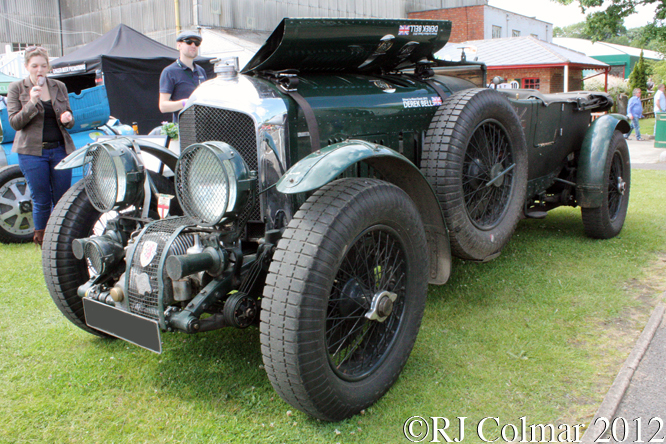
By this time Sir Henry “Tim” Birkin” who shared the forth placed 4 1/2 litre Bentley with Jean Chassagne at Le Mans in 1928 was convinced the way forward was to build light cars with super chargers. With the tacit agreement of Bentley’s chairman Woolf Barnato and independent finance from Dorothy Paget. Birkin set about building 55 supercharged four cylinder 4 1/2 litre Bentley’s, commonly referred to as Blower Bentleys, against the wishes of designer W.O. Bentley who simultaneously built a new Speed Six model for 1929 complete with straight six cylinder 6 1/2 litre 396.5 cui motor.

Such was W.O. Bentley’s opposition to the idea of supercharging, which had been tried on a 3 litre Bentley built 1926/7, that he refused to countenance the modification of the Bentley 4 1/2 litre motor in any way that would allow Birkin to mount the supercharger along side the 4 cylinder block with the result that the only place the superchager could be fitted was ahead of the front axle line so that it could be driven from the front of the crankshaft.

This mounting position and it’s attendant weight adversely affect the cars propensity to understeer / push where as the new Speed Six had all the weight of it’s motive power mounted between the axles.

Ironically the Speed Six model was ready before the Blower Bentley and Tim Birkin shared a Speed Six, known as Old Number One, with Woolf Barnato to easily win the 1929 Le Mans 24 hours ahead of three unsupercharged 4 1/2 litre Bentley’s.

The Bentley Blowers were ready for 1930 and three cars were entered by the Hon. Miss Dorothy Paget, including one for Sir Tim co driving with Jean Chassagne in the 1930 Le Mans 24 hours, but none were running at the finish. Woolf Barnato now sharing the Speed Six Old Number One with Glen Kidston meanwhile led home a Speed Six one two finish. Strategically playing the hare for the highly fancied supercharged 7.1 litre / 433 cui Mercedes Benz of Rudolf Caracciola and Christian Werner to catch and forcing the German car to run at a faster pace than would have been ideal, Birkins Bentley Blower contribute to the Mercedes Benz premature retirement and indirectly to Barnato and Kidston’s victory.

At the end of 1930 Dorothy Paget withdrew her support for Birkin’s Blowers and in 1931 despite 4 consecutive Le Mans Wins and 5 wins since 1923 Bentley was forced to sell out to Rolls Royce. This however was not quite the end of the Bentley Blower story as a special single seater Blower Bentley that Birkin has built in 1929, chassis HB3402 was just hitting it’s stride at Brooklands leaving the lap record at 137.96 mph in 1932.
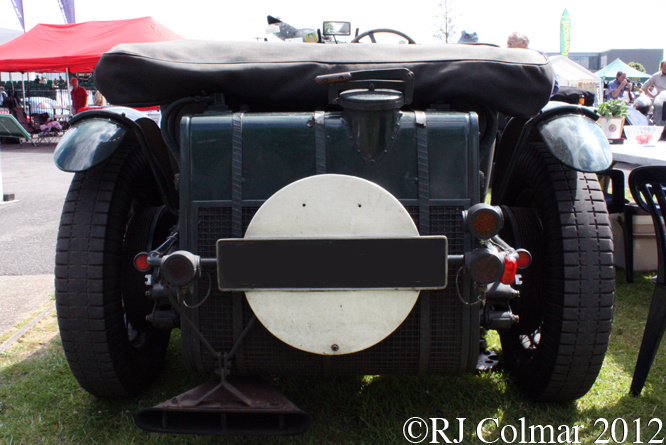
In 1931 Sir Tim returned to Le Mans to co drive Lord Howe’s Alfa Romeo 8C 2300 LM and together they became the first drivers to win the 24 hour race with a supercharged car comfortably beating the much larger supercharged 7.1 litre Mercedes Benz SSK driven by Boris Ivanowski and Henri Stoffel by seven laps.
Today’s featured car looks and sounds like a Bentley Blower, but was supplied new in 1929 to Sir L.Lyle with a saloon / sedan body by HJ Mulliner with an unsupercharged 4 1/2 litre motor. The car was rebuilt with an open tourer body as seen today in 1973 when #DS3573 competed in the Scottish Weekend Whit Rally with flying colours.
The supercharger appears to have been first seen on chassis #DS3573 in 2005. Just after these photo’s were taken at Brooklands last year, five time Le Mans winner, Derek Bell drove the car at the Le Mans Classic with owner Martin Overington supported by a three man pit crew, comprising three ex service men injured in combat, on behalf of the Misson Motorsport charity.
Thanks for joining me on this “Forced Induction Push” edition of “Gettin’ a li’l psycho on tyres” which happens to be the 1000th GALPOT posting. My thanks to all those who have contributed and stayed with me on this journey, especially those who have liked and spread the word on their social media pages. I hope you will join me for the first of the next 1000 GALPOT posts again tomorrow. Don’t forget to come back now !



